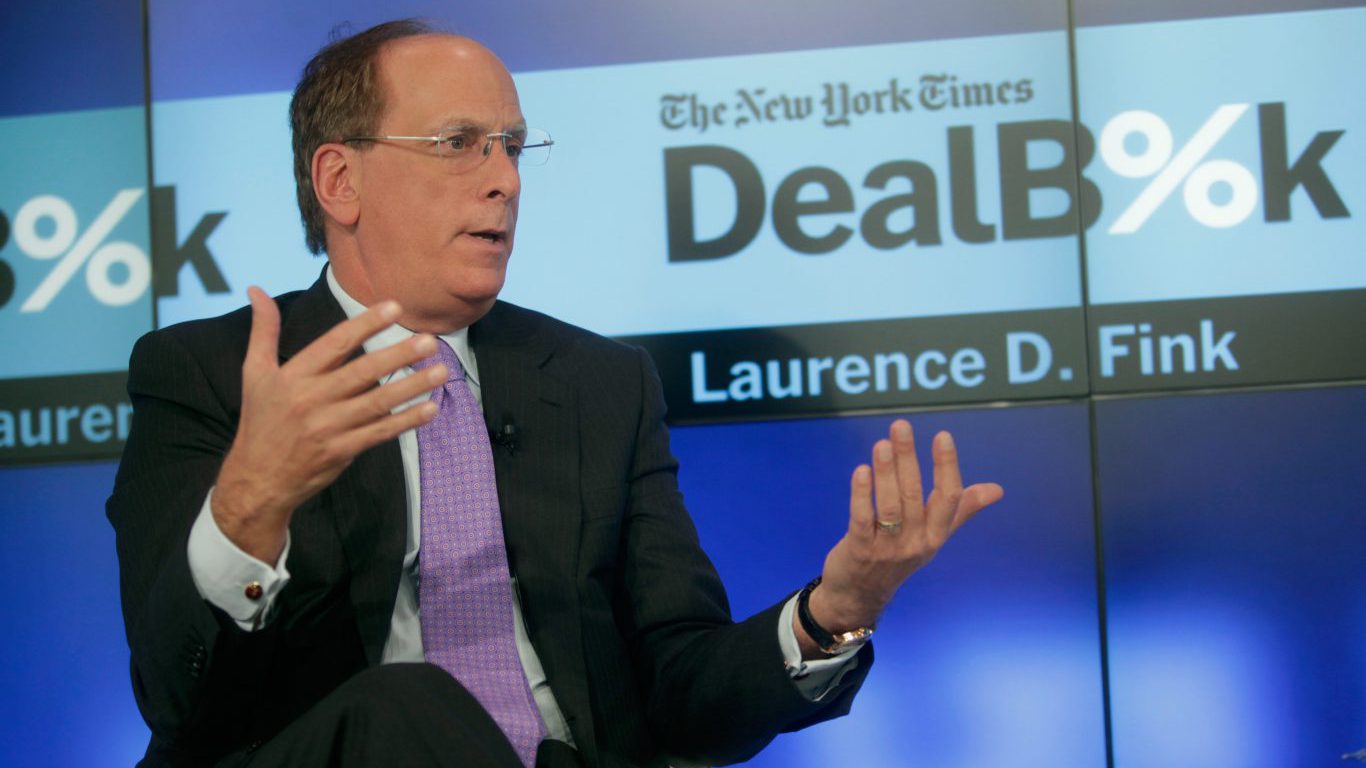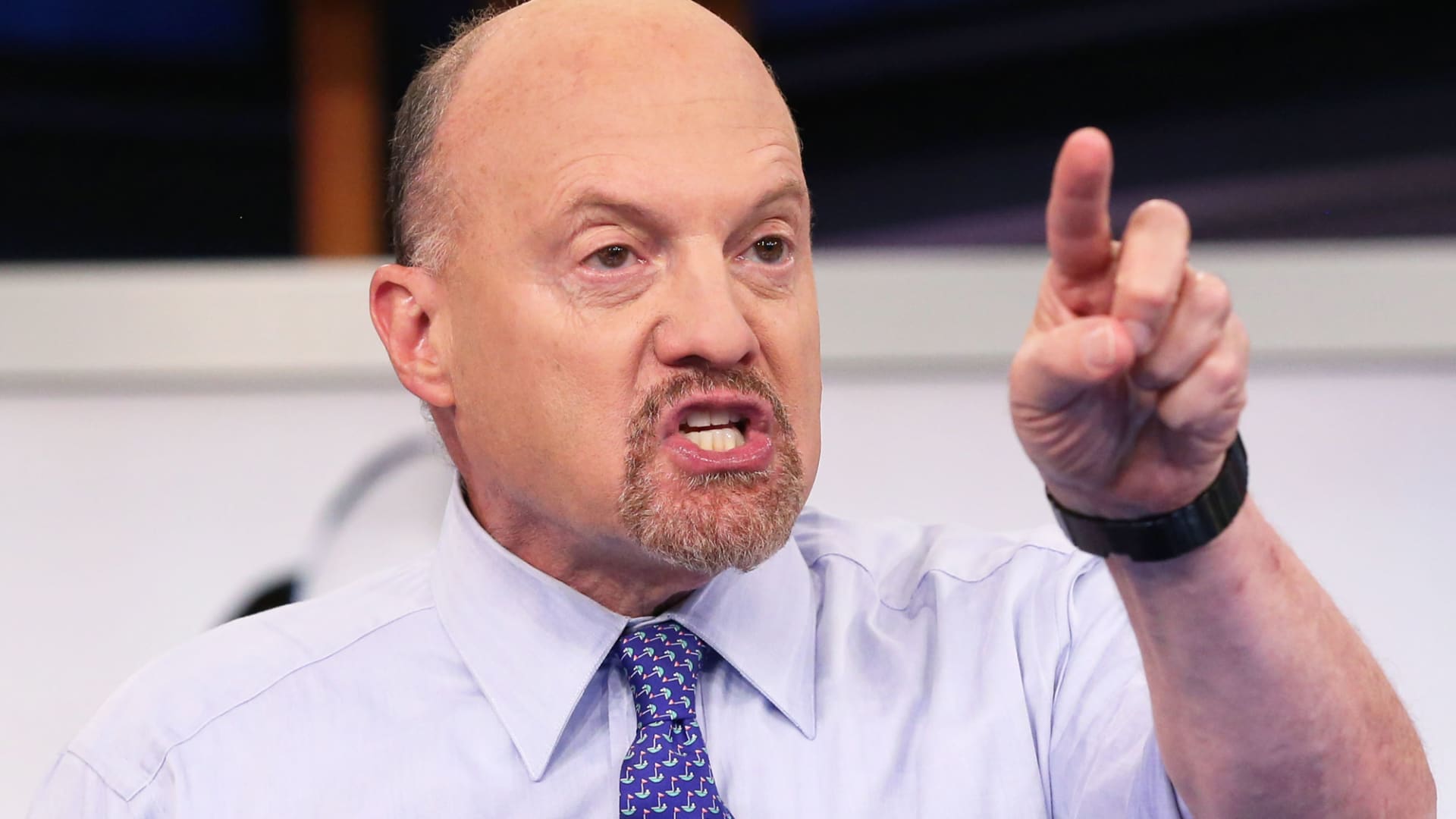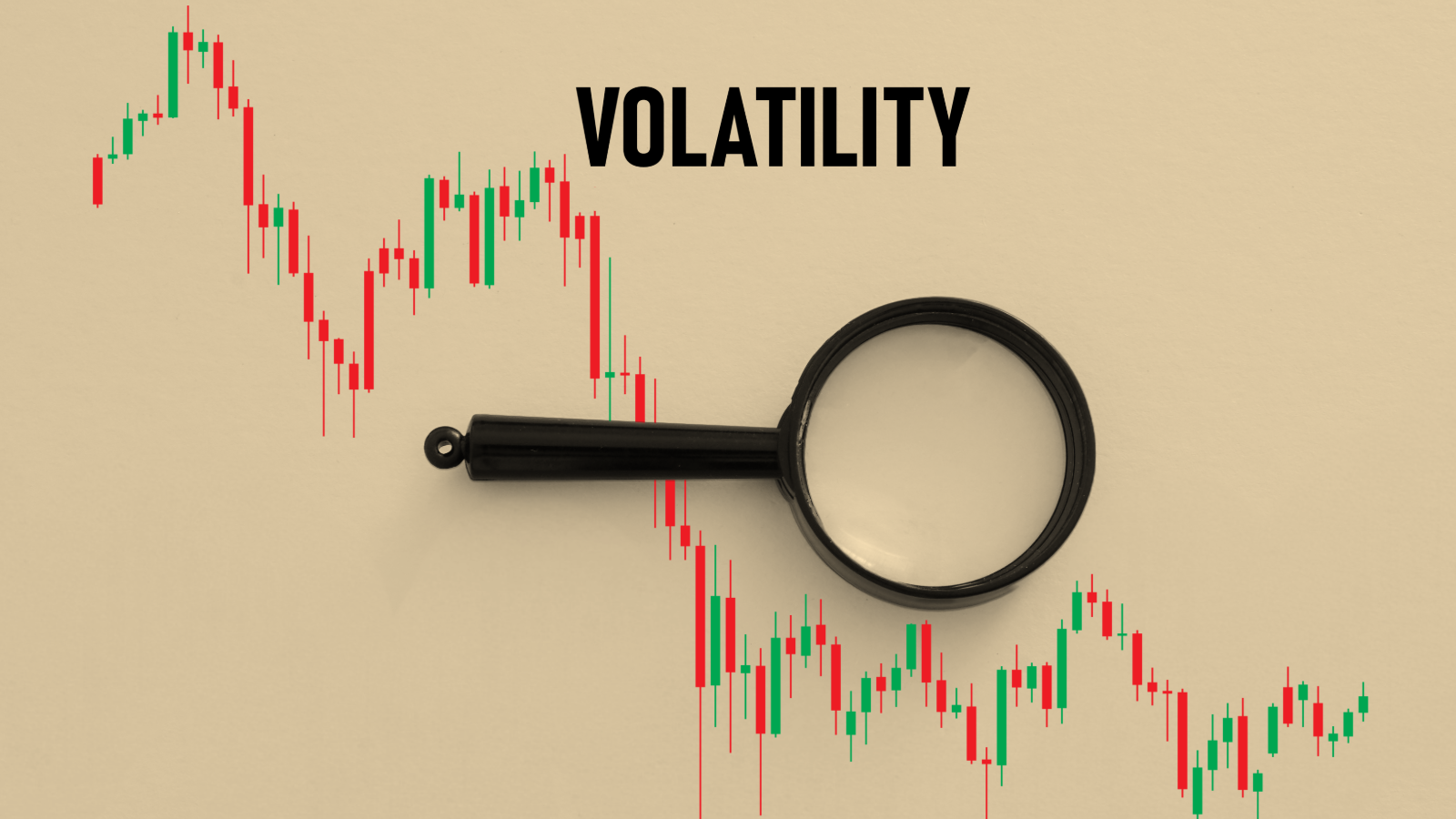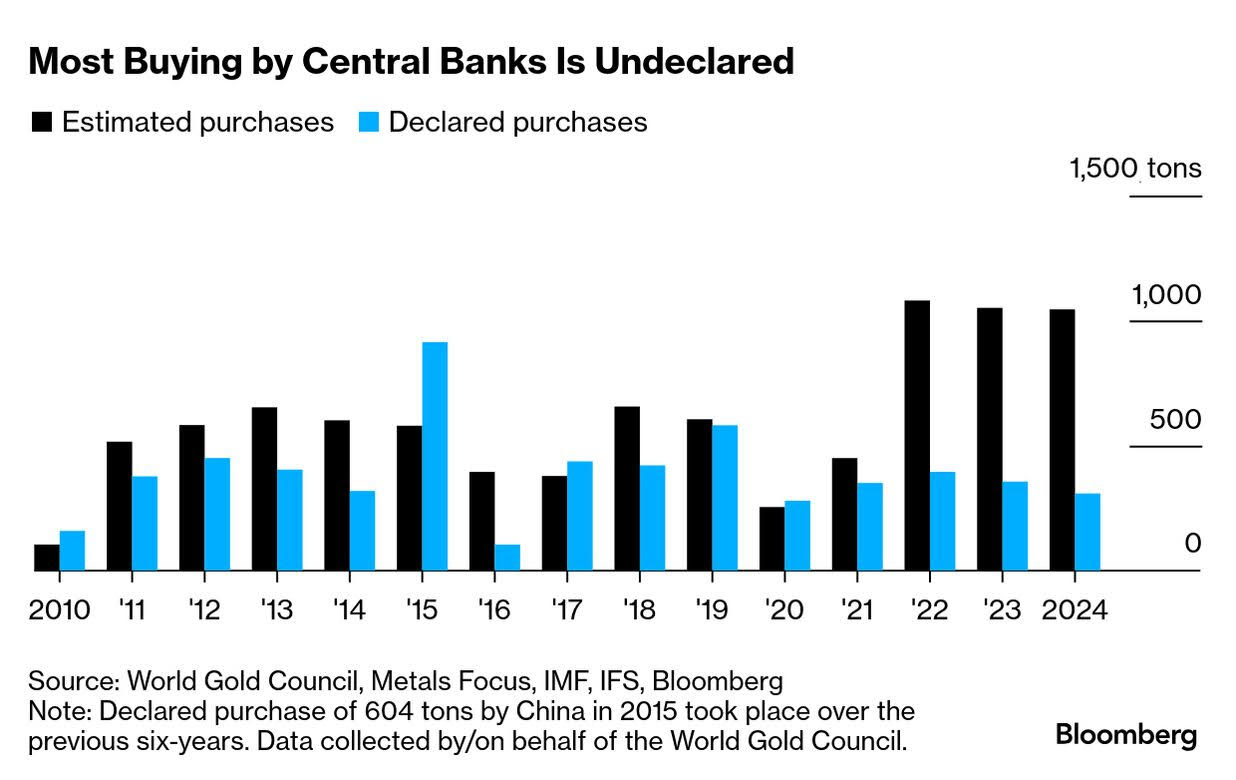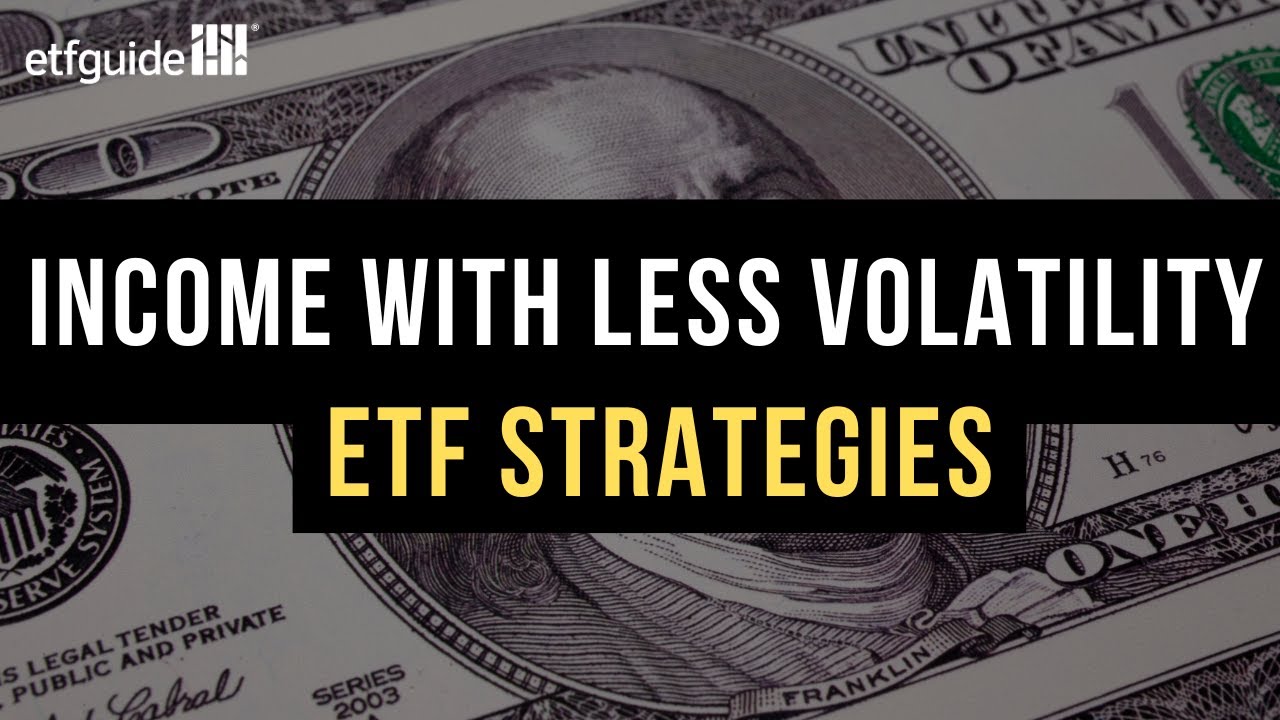How I Achieved Financial Independence at 46 with $4 Million – My Journey to a Frugal Retirement
Getting FIRE’d (slang for early retirement in the Financial Independence Retire Early (FIRE) community) in one’s 40s is a dream for many. It’s still young enough to enjoy the most from adventures, experiences, and travel. And while leaving the workforce around two decades from the traditional retirement age may seem a tad too aggressive for […] The post How I Achieved Financial Independence at 46 with $4 Million – My Journey to a Frugal Retirement appeared first on 24/7 Wall St..

Getting FIRE’d (slang for early retirement in the Financial Independence Retire Early (FIRE) community) in one’s 40s is a dream for many. It’s still young enough to enjoy the most from adventures, experiences, and travel.
And while leaving the workforce around two decades from the traditional retirement age may seem a tad too aggressive for some, this individual I encountered on the r/FIRE subreddit pulled off the feat with more than enough money in the bank.
Key Points
-
This 46-year-old early retirement success story is only possible because of years of frugality and simplicity.
-
Saying “no” to lifestyle creep isn’t easy, especially when one starts pulling in the bacon!
-
With a stock-heavy portfolio, this individual can continue growing their wealth (next stop’s $5 million) without having to work another day in their lives.
-
Are you ahead, or behind on retirement? SmartAsset’s free tool can match you with a financial advisor in minutes to help you answer that today. Each advisor has been carefully vetted, and must act in your best interests. Don’t waste another minute; get started by clicking here.(Sponsor)
How did this individual retire at 46 with $4 million? Frugality and taking savings into overdrive
This former tech worker has a whopping $4 million in the bank, with no kids, and a modest amount of monthly spending ($4,000 per month) in a low-cost-of-living (LCOL) city. Quite the success story!
Based on the $48,000 in expected expenditures, their withdrawal rate is at a measly 1.2%. That’s profoundly impressive! Whenever you have a withdrawal rate hovering close to 1%, you’ll be able to keep building real (inflation-adjusted) wealth in retirement.
With a diversified portfolio (mostly low-cost S&P 500 and dividend ETFs) and no debt, they’re well on their way to enjoying the rest of their life in comfort. Indeed, given the AI wave of automation that’s hitting the tech sector, I’d argue that their early retirement couldn’t have come at a better time.
But how did they pull it off? They were a mega saver who decided early in life that they value their time more than splurges and a luxurious lifestyle. Indeed, it’s not all too easy to resist the siren song of “lifestyle creep.” If you make money, you deserve to spend more of it, right?
Many folks, especially in the tech sector, may be inclined to spend more as their salaries and bonuses go up, while their stock options start to surge into the green. While some give in to some lifestyle creep, many find that their lifestyles overshoot their incomes. And once those inevitable layoffs hit the tech sector, they’re put in a less-than-ideal spot.
Frugality and simplicity can make all the difference
For this frugal individual who stuck by their simple lifestyle while saving up most of their paycheck, they’re not in a spot to thrive as many tech peers who’ve neglected saving for retirement could be in for a serious turbulence as they compete against AI coders that stand to get better, more capable, and more productive by the day.
Indeed, given their frugal lifestyle and swollen nest egg, they’d be able to sustain a very conservative withdrawal rate, even lower than the 4% (from the famed 4% rule) that many retirees swear by. Whenever you live far below your means, it’s possible to still keep growing that nest egg, even after one has left the workforce for good.
Frugality doesn’t have to mean one deprives oneself of “fun money” or forgoes necessary expenses to the detriment of one’s quality of life. Rather, frugal living simply means not giving in to the money traps (think luxury goods, fancy cars, and liabilities) that many others may be inclined to chase down.
The bottom line
The frugal, multi-millionaire could have retired a long time ago, perhaps at 40. With more than enough wealth to retire more than just themselves, they’re in great shape to retire well while leaving behind a massive nest egg for loved ones.
Also, I find it respectable that they’re maintaining a frugal, simple lifestyle into retirement, even though they could easily afford to triple their monthly expenditures. As for the current asset allocation, I’d say it’s in a good spot, with approximately 80-90% of their fortune allocated to the S&P 500, with the rest in safe, liquid assets (HYSA, CDs, cash).
Though that’s a slightly more aggressive asset allocation for the individual’s age, I’m certainly not against a slight heaviness in stocks, given their ridiculously low withdrawal rate and their wealth of experience navigating the equity markets.
The post How I Achieved Financial Independence at 46 with $4 Million – My Journey to a Frugal Retirement appeared first on 24/7 Wall St..












































